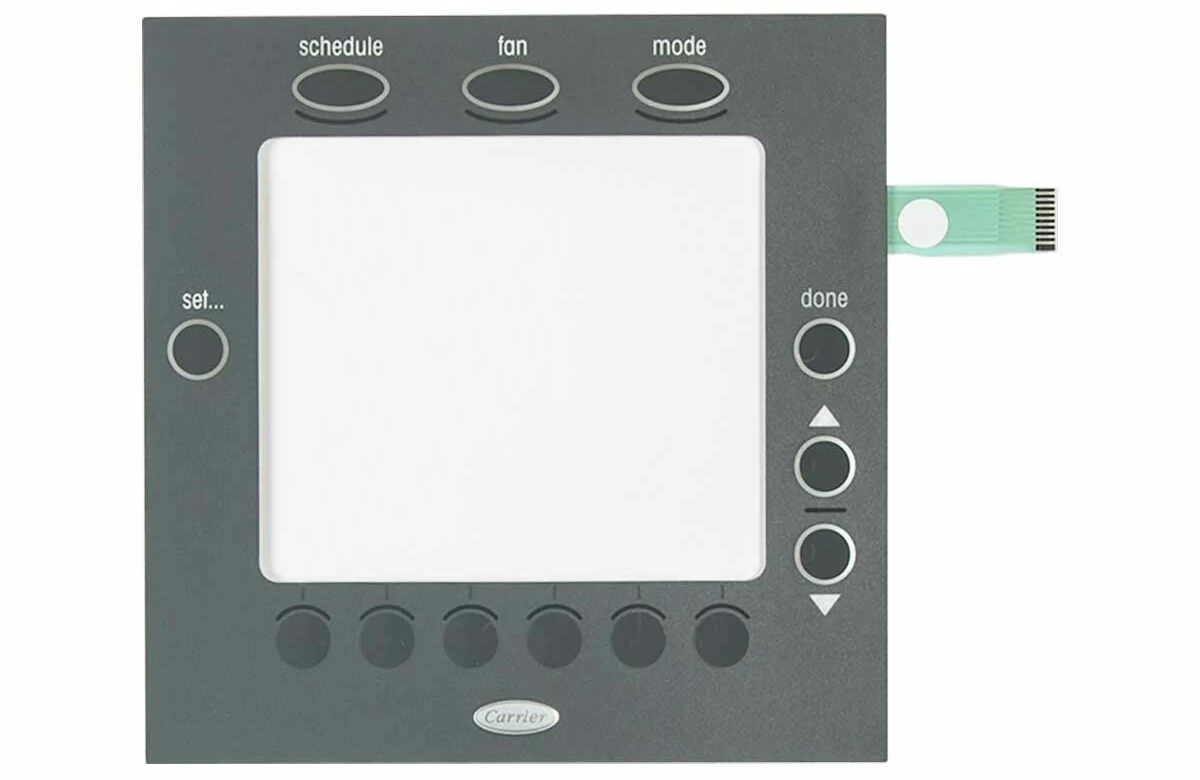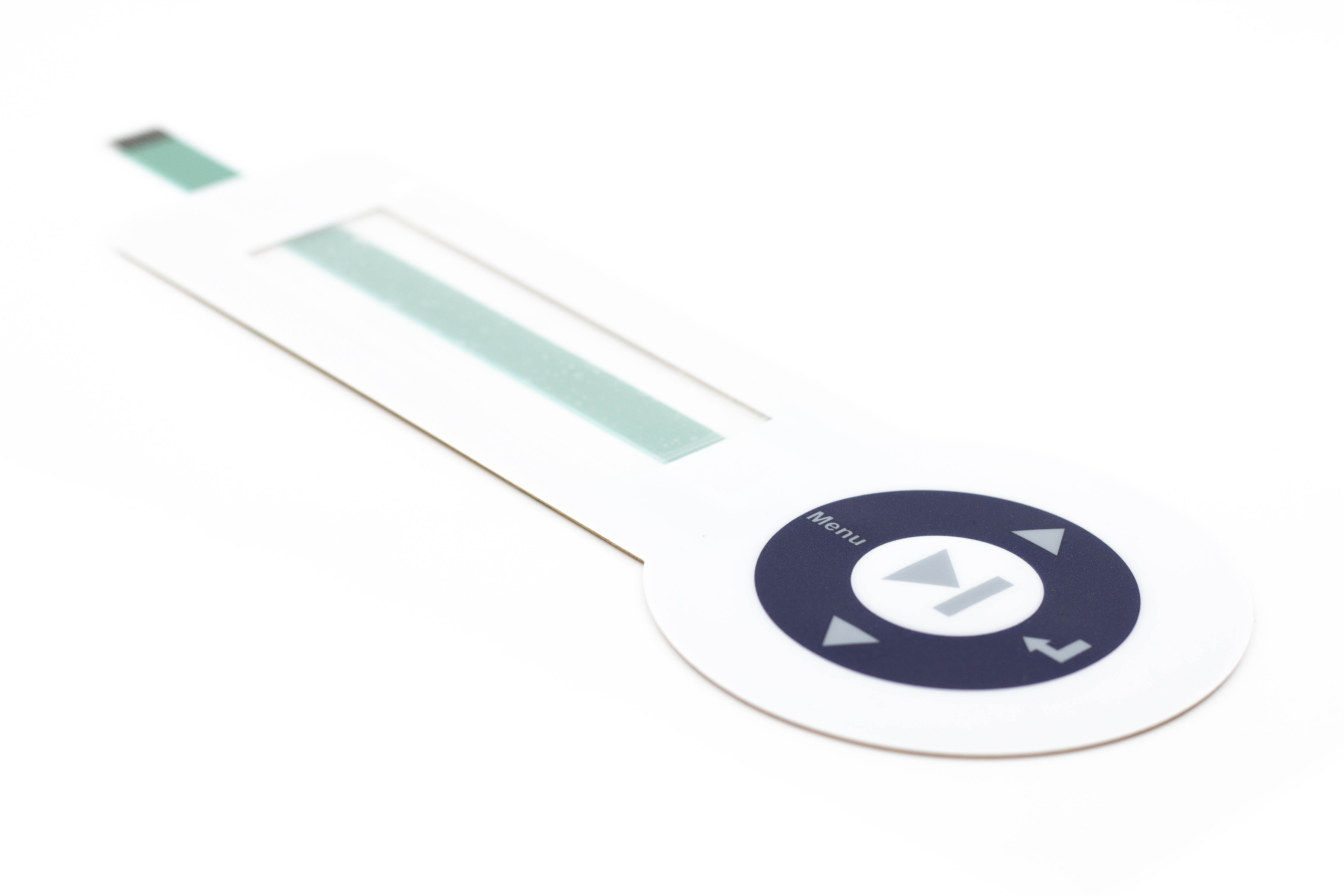Discover How Membrane Switches Feature and Their Role in Modern Electronic Devices
Membrane Switches stand for an advanced assimilation of innovation and layout within the realm of contemporary electronic devices, offering as crucial user interfaces in various devices. Understanding the details of Membrane switch functionality and their broader effects in enhancing individual experience welcomes further exploration right into their design, benefits, and the ingenious developments forming their future in technology.
What Are Membrane Switches?

Membrane switches are distinguished by their toughness and resistance to ecological aspects, such as dirt, moisture, and extreme temperature levels. They can be tailored with different graphics, colors, and responsive feedback options, enhancing user experience while keeping aesthetic allure - membrane switches. Additionally, the consolidation of printed circuits permits seamless integration right into gadgets, boosting total performance.
The convenience of Membrane switches appears in their capacity to sustain both complicated and basic control functions. They can integrate attributes such as LED indicators and touch-sensitive technology, satisfying certain individual needs. As technology proceeds to advance, Membrane Switches continue to be vital for making it possible for user-friendly and reliable interface, therefore playing an essential role in the innovation of modern electronic tools.
Parts of Membrane Buttons
Membrane switches are composed of several essential elements that collaborate to create a dependable and functional user interface. The key elements include the graphic overlay, glue layer, spacer layer, and conductive traces.
The visuals overlay serves as the user interface, typically printed on a flexible substratum such as polyester or polycarbonate. This layer not just offers visual allure yet additionally consists of responsive feedback, visual cues, and protective features. Below the visuals overlay exists the adhesive layer, which safeguards the button to the gadget and ensures durability against ecological tensions.
The spacer layer is important for maintaining the required space between the graphic overlay and the circuit layer. When pressure is applied, this gap enables for the activation of the button. The conductive traces, usually made from silver or carbon, form the electric pathways that finish the circuit when the button is engaged.
In addition, a backing layer might be consisted of for architectural support and insulation. These components collaborate perfectly, making sure that Membrane switches are both user-friendly and durable, making them indispensable in various contemporary electronic applications.
Just How Membrane Switches Job
How do Membrane Switches function effectively within electronic gadgets? Membrane Switches operate the principles of pressure-sensitive modern Click Here technology, utilizing a split building that includes visuals overlays, sticky layers, and conductive aspects. When a customer uses pressure to the button, the visit our website leading layer flaws, permitting the conductive elements underneath to make get in touch with and finish an electric circuit. This action activates the desired function within the gadget.
The style of Membrane buttons is crucial for their effective procedure (membrane switches). The layers are thoroughly engineered to offer responsive feedback, durability, and resistance to environmental variables such as wetness and dust. The inclusion of domes-- tiny, raised areas within the button-- improves tactile response, providing users with a visible click sensation upon activation
Moreover, Membrane switches can be customized in regards to size, shape, and graphics, making them ideal for various applications. They are typically used in control panels, medical gadgets, and customer electronic devices because of their sleek style and reliability. Generally, the efficient functioning of Membrane switches is critical in boosting individual interaction and guaranteeing seamless procedure in contemporary electronic tools.

Applications in Modern Tools
Utilizing their special design and functionality, Membrane buttons have become integral parts in a wide range of modern electronic tools. These flexible interfaces are utilized in customer electronic devices, commercial equipment, clinical devices, and automobile controls, offering seamless customer interaction.
In customer electronics, Membrane switches are generally found in home appliances like microwaves, washing machines, and various other household devices, where they enable intuitive control with a sleek profile. Their inconspicuous layout promotes assimilation right into portable tools, boosting visual appeal without compromising performance.
In industrial applications, Membrane Switches work as control panels for machinery, offering resilience and resistance to severe environments. Their ability to hold up against moisture and pollutants makes them optimal for use in production and processing markets.
Medical devices also take advantage of Membrane switches, which are made to be very easy to tidy and keep, ensuring hygiene in professional settings. They are usually made use of in diagnostic devices, patient monitoring systems, and portable medical tools, where integrity is critical.
Advantages of Membrane Switches
One of the crucial advantages of Membrane switches is their flexibility, which allows them to be customized for a variety of applications across numerous sectors. These switches can be developed in numerous sizes and shapes, suiting unique product demands while providing smooth combination right into gadgets. Their slim profile enables a streamlined and compact style, typically improving the visual allure of digital products.
One more substantial advantage is their longevity - membrane switches. Membrane switches are normally resistant to dirt, dampness, and chemicals, making them perfect for extreme atmospheres. This resilience prolongs their life-span compared to traditional mechanical buttons, minimizing why not check here the demand for frequent substitutes
Additionally, Membrane Switches offer cost-effectiveness. The production process includes printing innovations that lessen manufacturing costs, specifically for large runs. This affordability, combined with low maintenance demands, makes them an appealing choice for suppliers.

Final Thought
In verdict, Membrane Switches represent a considerable advancement in customer interface technology within contemporary electronic devices. As the need for user-friendly and resistant interfaces proceeds to expand, the role of Membrane buttons in forming customer experience will unquestionably increase.
Membrane Switches represent a sophisticated integration of modern technology and layout within the realm of modern-day electronics, offering as necessary user interfaces in countless tools.In the realm of modern electronics, Membrane Switches serve as essential parts that help with individual interaction with devices. As technology proceeds to develop, Membrane Switches stay vital for making it possible for instinctive and reliable user interfaces, thereby playing a crucial function in the development of modern-day electronic tools.
How do Membrane Switches feature properly within electronic devices? Generally, the effective performance of Membrane switches is crucial in boosting customer interaction and making sure seamless procedure in modern digital gadgets.